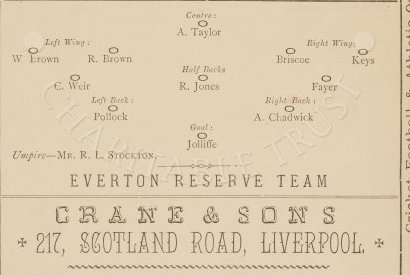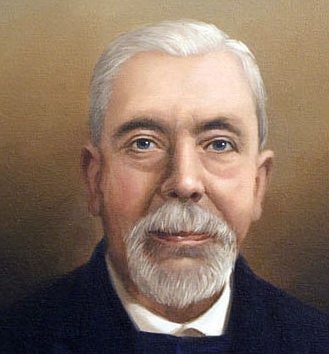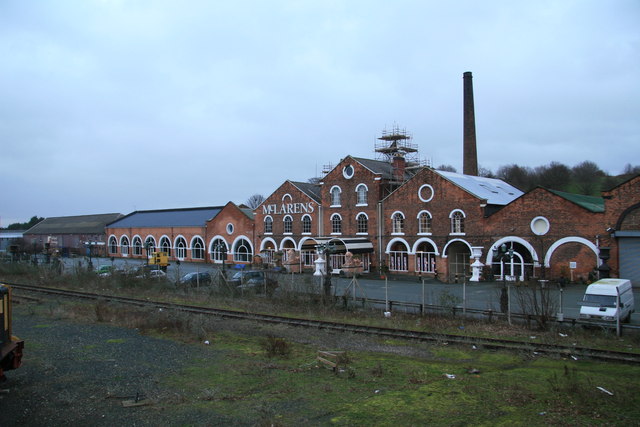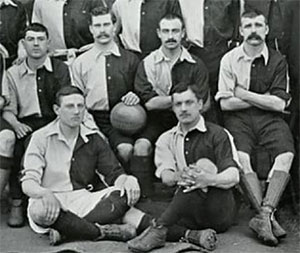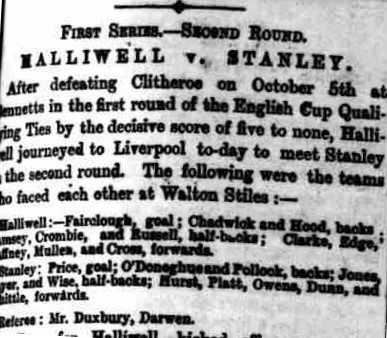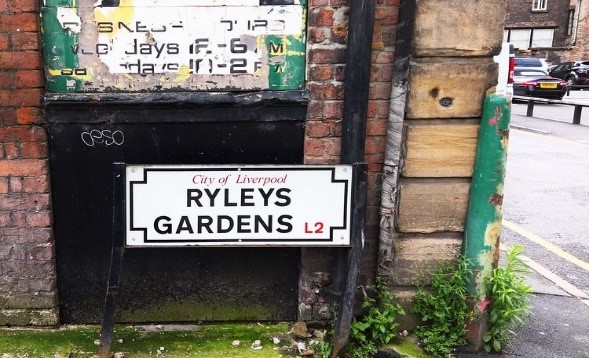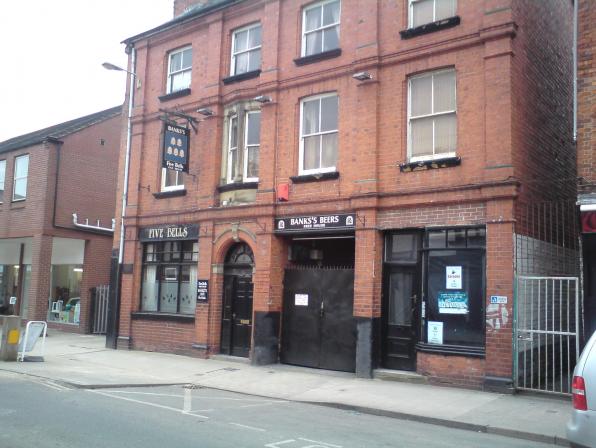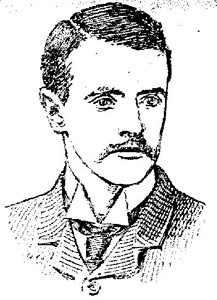Jack Keys and William Warmby — The Duo from Derby
Jack Keys and William Warmby — The Duo from Derby In preparation for life in the Football League, Everton Football Club made several new signings during the summer of 1888. Two of them, Keys and Warmby, had joined from Derby County. Despite the fact that the local newspapers made no reference to their background, they were in fact related by marriage and had reached the Mersey seaport by two slightly different routes. William Henry Warmby was born in 1863 in South Yorkshire, where he began his football career with his local team, Rotherham Town. Some time around 1883 he moved…

